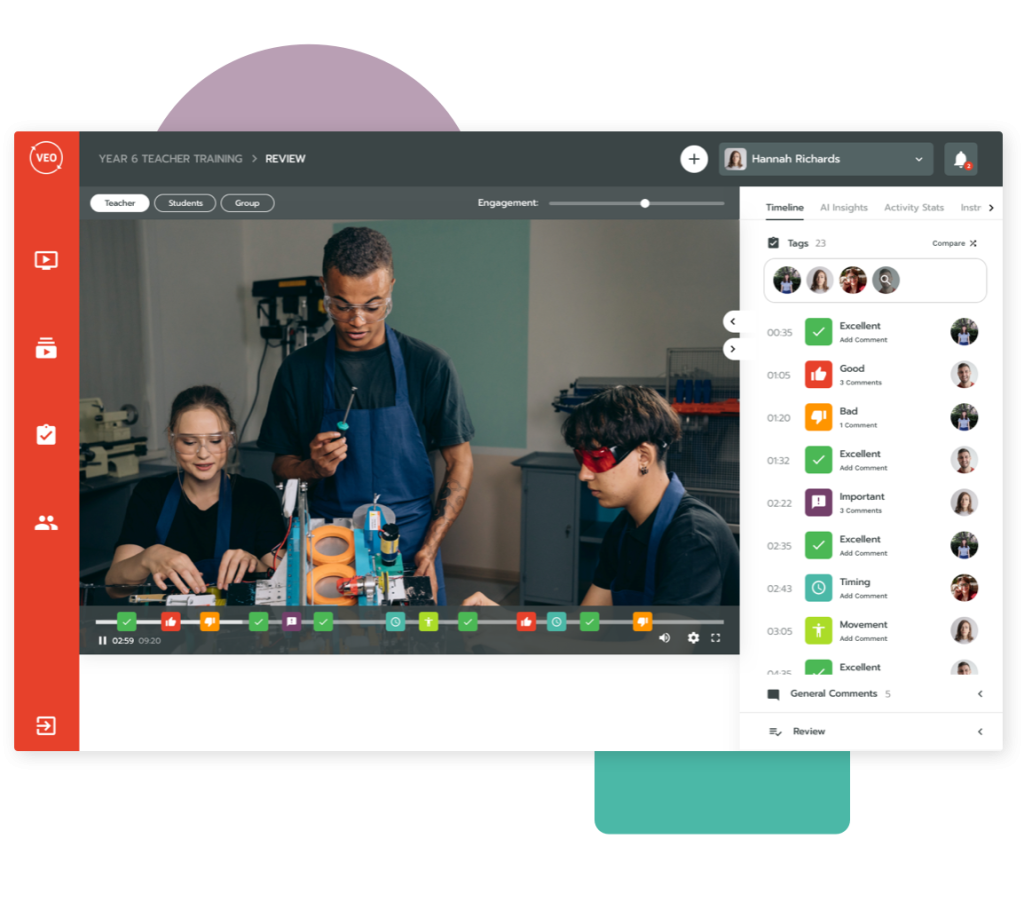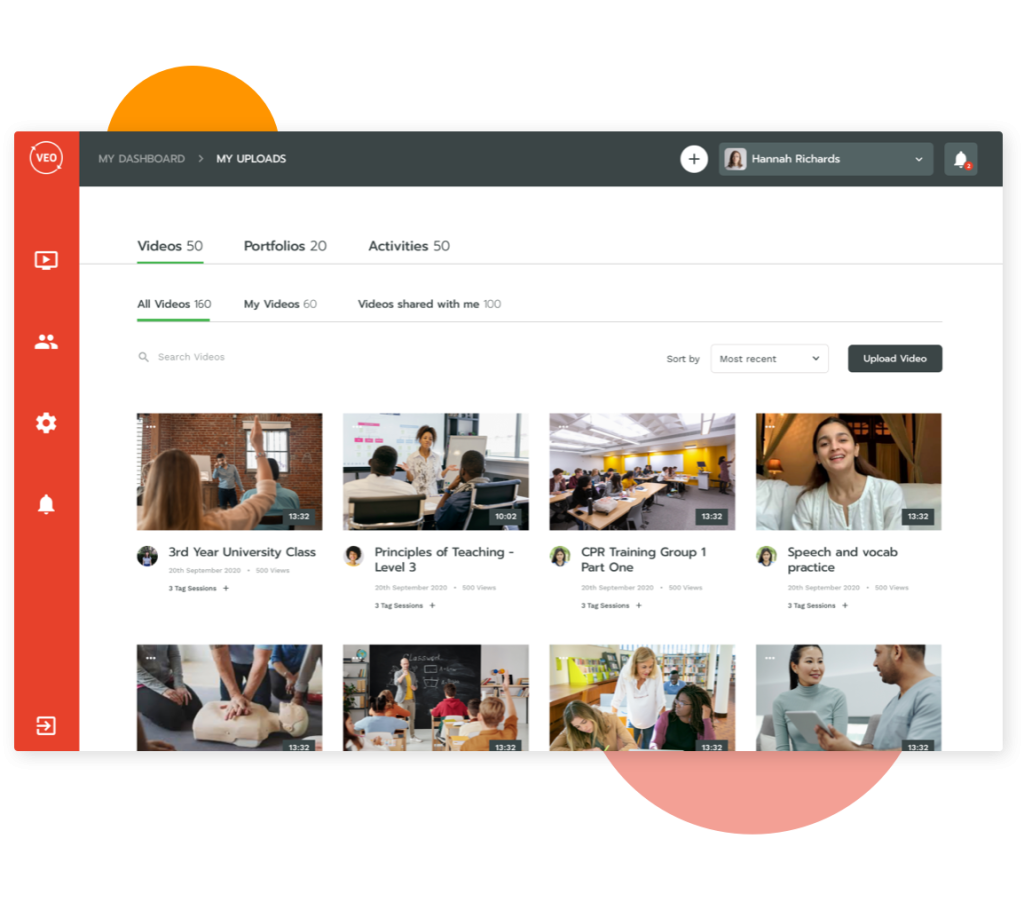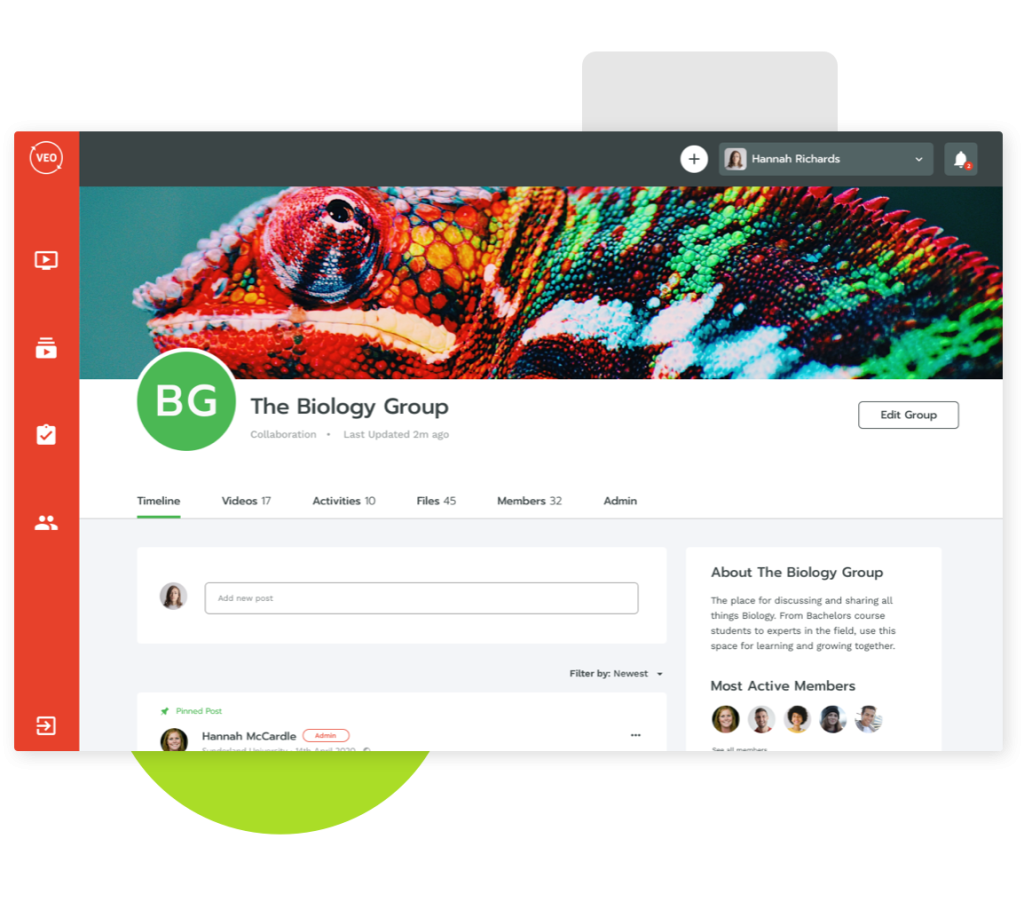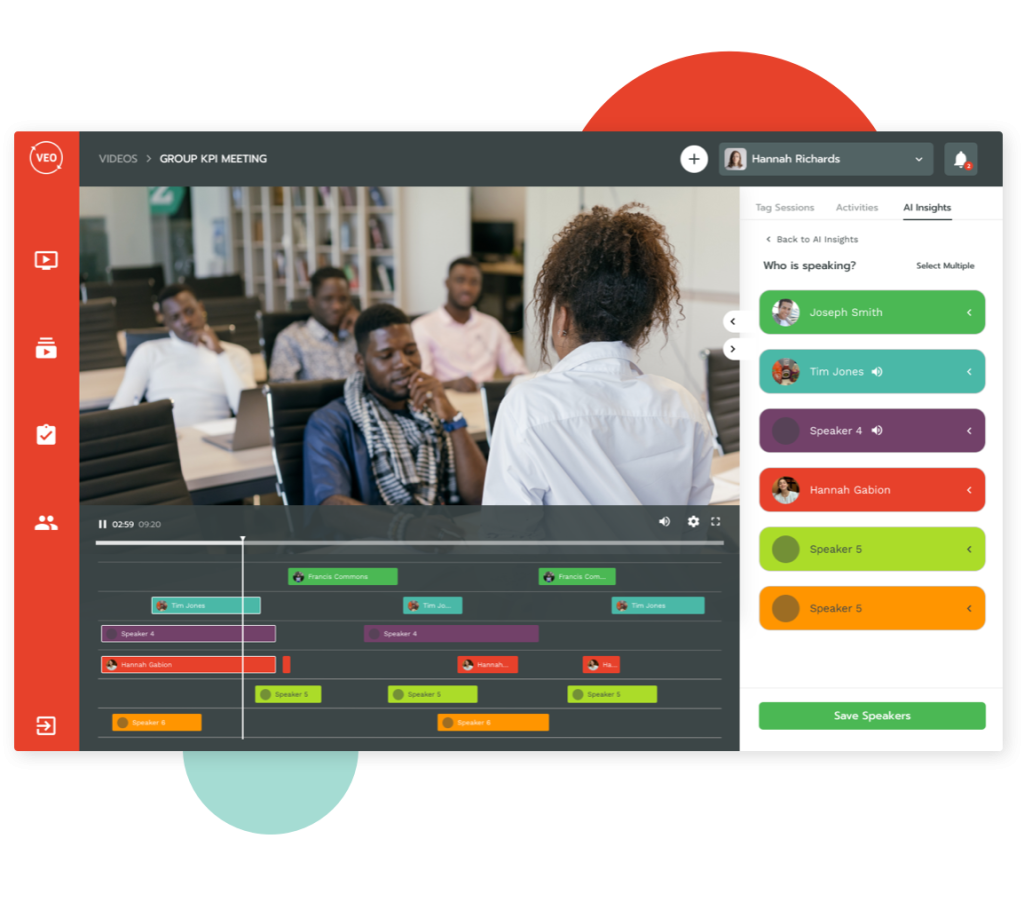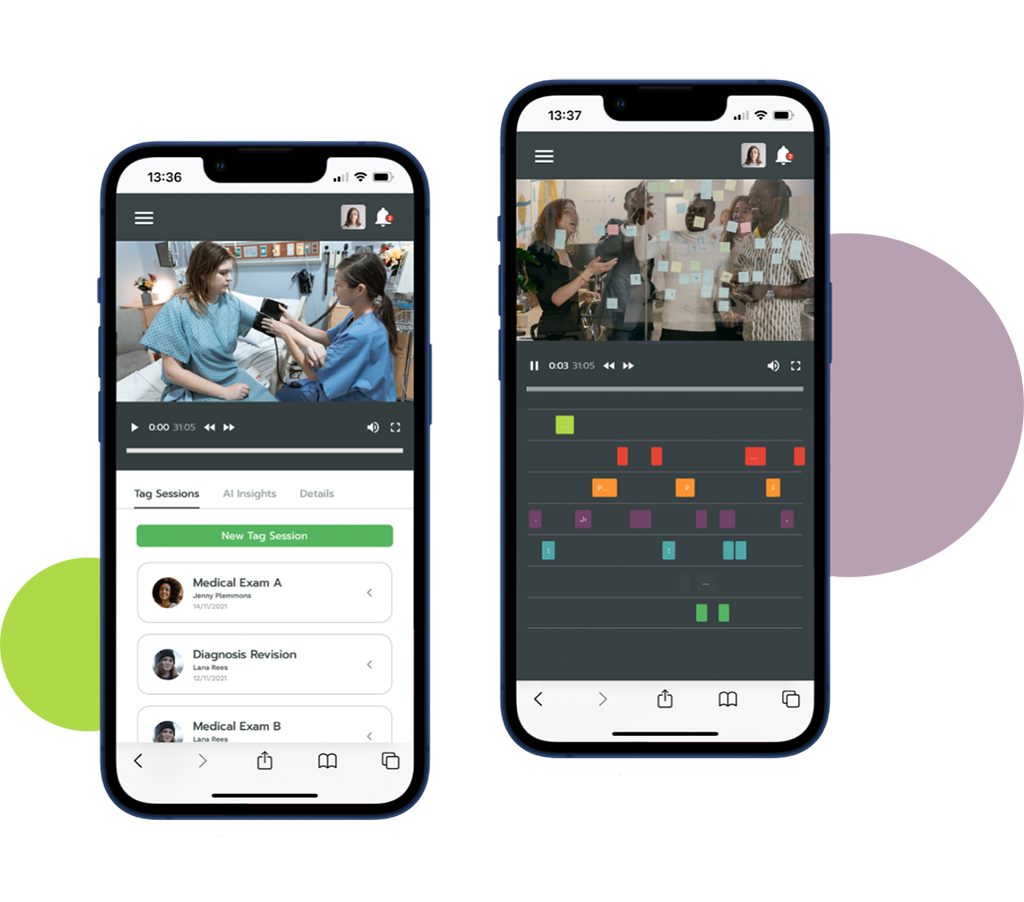Recent government research into remote education showed that many school leaders felt delivering remote feedback was an area requiring further development.
Whether it’s delivered remotely or in person, quality feedback plays a crucial role in shaping every student’s progression. Once pupils have left the education system, feedback continues to play a key part in future growth and performance.
For many, regardless of age, the prospect of receiving feedback creates feelings of dread. To prevent this from happening, it’s important to deliver feedback in the correct way. Especially now, since the pandemic has resulted in such a huge increase in remote working and learning.
Here are our top tips on effectively delivering remote feedback:
1. Choose the most suitable platform
It can be easy to lose the personal touch when giving feedback remotely. If you send a long paragraph of feedback via email, there’s a chance it could be misunderstood.
As an educator or an employer, we’d advise that you give feedback in a more digestible and personable manner. Our platform, for instance, allows people to share videos of themselves demonstrating techniques and/or completing assessments. On sharing content, users are able to receive fast, actionable feedback from their peers and tutors through our intuitive video tagging system.
Users can tag their own videos and be invited to tag those of their peers or colleagues. This allows for fluid, continuous improvement and adaptation. Students can quickly and easily find timestamped comments, read their feedback, and improve their skills the next time they demonstrate them.
2. Set a dedicated time for feedback
Clearly communicate when you’ll be delivering feedback and how. No one likes to be ambushed or surprised by a sudden influx of comments and recommendations. If the recipient is prepared and expecting feedback by a certain time or date, they’ll be ready to listen, read or watch what you have to say.
Setting dedicated times for feedback also helps your students or employees manage their workloads and expectations. If you’ve set a deadline for a piece of work, set a deadline for feedback too. This way, everyone knows when to expect your comments by and when they’ll be able to start implementing any changes.
3. Focus on facts not feelings
Unless someone has asked you to comment on how their work or actions make you feel, it’s best to focus on giving factual, actionable feedback. A good way to do this is to avoid making subjective comments.
Feedback should give your employee or student a clear understanding of their performance. As well as an overview of what they did well and any areas requiring further development or change.
If feedback is driven or shaped by your feelings, there’s less chance that the recipient will value and learn from it.
We’re not saying avoid feelings altogether. When giving feedback in general, but especially when giving feedback remotely, you should consider how your comments (whichever way you choose to deliver them) will make the recipient feel.
4. Be compassionate
The way we learn, and work, has changed dramatically over the past year due to the pandemic. It’s best to always be mindful of this. When giving feedback try to stay compassionate and positive.
As an employer or educator, you may not be seeing your students or employees face-to-face right now, so your working relationships may have shifted or changed completely.
Ensure that you’re staying in touch with your team or class, and that you’re not only getting in contact to deliver an influx of remote feedback.
